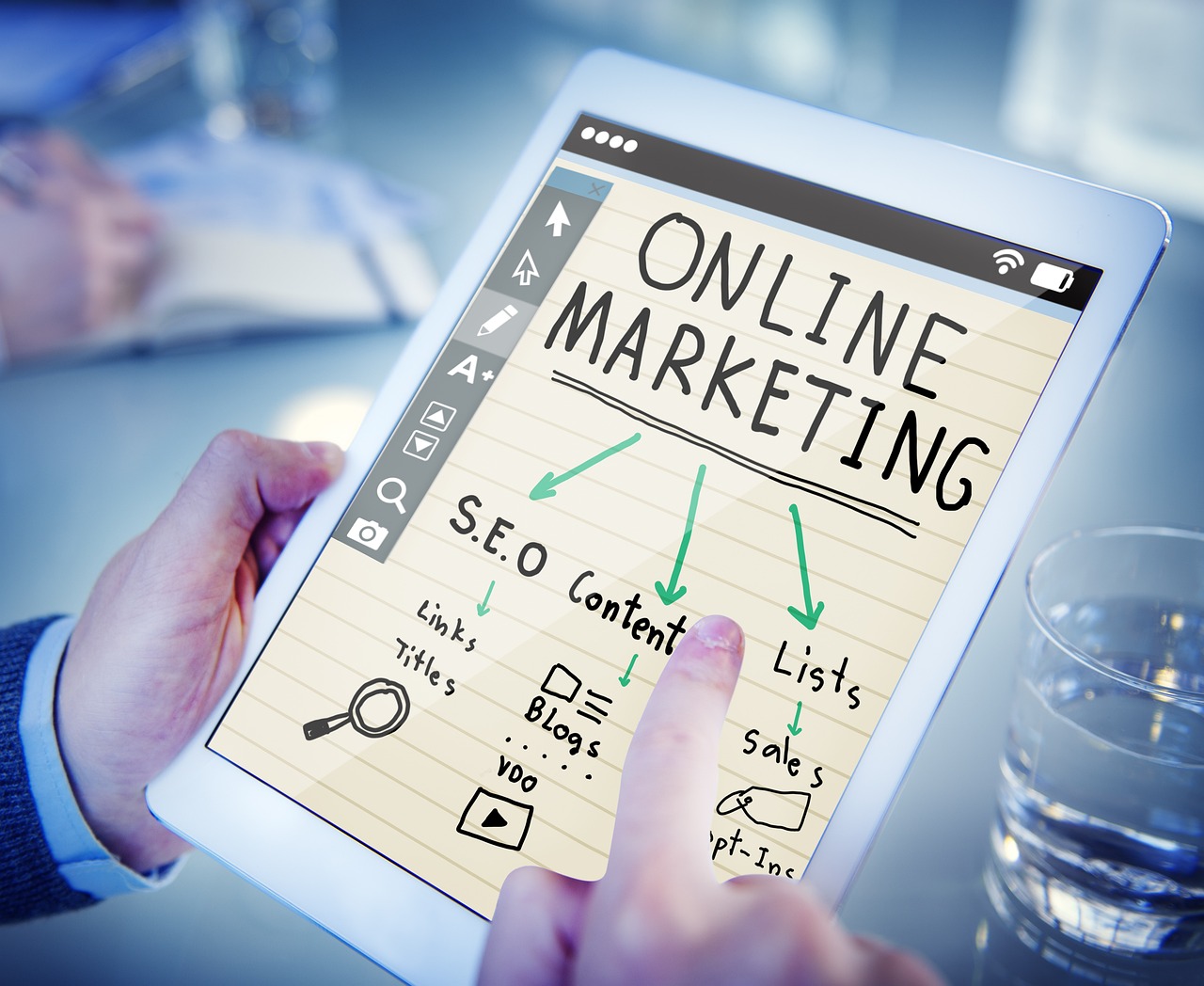
In the vast digital landscape, email marketing remains one of the most powerful tools for connecting with your audience and driving conversions. However, crafting campaigns that truly captivate and convert requires more than just a compelling message; it demands a deep understanding of human psychology and behavior.
Buckle up, you’ll learn how to craft email campaigns that don’t just convert - they dominate. Miss this, and you’re screwed. Let’s dive in before your inbox implodes.
The Power Of Email Marketing
Email marketing is a cornerstone of digital marketing strategies, offering a direct line to your audience and the potential for significant returns on investment. However, with inboxes overflowing with messages, standing out requires more than just a catchy subject line. It demands a campaign that resonates with your audience on a psychological level, leveraging dopamine triggers, curiosity gaps, and social trust markers to drive engagement and conversions.
What Makes An Email Campaign Engaging And Conversion-Driven?
An engaging email marketing campaign does more than just inform - it inspires action. It’s a carefully orchestrated blend of compelling content, strategic timing, and audience-focused design that aligns with a clear goal. A high-converting campaign typically includes:
- A Defined Objective:Whether it’s driving sales, welcoming new subscribers, or re-engaging inactive users, every email should have a single, measurable purpose.
- Personalized Messaging:Tailored content that speaks directly to the recipient’s needs and preferences.
- Attention-Grabbing Elements:Strong subject lines, visually appealing designs, and irresistible calls-to-action (CTAs).
- Value Delivery:Content that educates, entertains, or incentivizes the reader.
Let’s dive into the steps to craft campaigns that not only get opened but also get results.
Creating High-Converting Email Campaigns
1. Define Your Goals And Campaign Type
Before you write a single word, clarify what you want to achieve. Top-performing marketers have a documented strategy - random emailing won’t cut it. Common goals include:
- Awareness:Introduce your brand with a welcome series (e.g., Under Armour’s “Welcome to the Team” email).
- Consideration:Share tutorials or case studies to nurture leads (e.g., Nikon’s educational tip-of-the-day emails).
- Conversion:Drive purchases with promotions or abandoned cart reminders (e.g., Diesel’s “You Snooze, You Lose” campaign).
- Retention:Build loyalty with thank-you emails or exclusive offers (e.g., Stitch Fix’s birthday discounts).
Once your goal is set, choose a campaign type that aligns with it - promotional, relational, or transactional - and stick to one primary objective per email to avoid confusing your audience.
2. Build And Segment A Targeted Email List
Your campaign’s success hinges on reaching the right people. Start by growing a quality email list with opt-in forms offering value like discounts or free resources. Tools like Beefree or OptinMonster can help you create eye-catching popups or exit-intent forms to capture leads effectively.
Segmentation takes this further. Divide your list based on demographics, purchase history, or engagement levels. For example, Karmaloop’s personalized recommendation emails use shopping behavior data to suggest tailored products, boosting relevance and conversions. Consumers are more likely to buy from brands offering personalized experiences - segmentation is your key to delivering that.
3. Know Your Audience Inside Out
Understanding your audience goes beyond basic demographics. Dive into their interests, pain points, and behaviors using tools like Google Analytics or social media insights. For instance, if you’re a fitness brand, knowing your subscribers crave motivational content can shape a campaign that resonates emotionally.
Tailor your messaging to their stage in the customer journey, new subscribers might need a warm welcome, while repeat buyers might respond to loyalty rewards. The more relevant your content, the higher your engagement.
4. Leverage Automation For Timely Delivery
Timing is critical, and email automation ensures your messages hit inboxes at the perfect moment. Platforms like Klaviyo or Constant Contact let you set up workflows triggered by actions like purchases, sign-ups, or abandoned carts.
Automation also saves time. Users see faster email creation with automated tools, while an AI content detectorcan ensure your messaging aligns with your brand voice and resonates with your audience. This lets you focus on strategy while delivering consistent, personalized experiences.
5. Craft Attention-Grabbing Subject Lines
Your subject line is the gatekeeper - 70% of recipients decide to open based on it alone. Keep it concise (41-50 characters, per Campaign Monitor), clear, and curiosity-piquing. Examples like Charity: Water’s “YOU DID IT!” or Cometeer’s “We’re giving you free coffee!” blend excitement with value.
Tips:
- Use power words like “Exclusive” or “Unlock.”
- Personalize with names (e.g., “John, Ready for Round Two?”).
- Avoid spam triggers like “Free” or “Urgent” to ensure deliverability.
6. Write Engaging, Benefit-Focused Copy
Once they’re in, your copy needs to hook them. Start with a conversational tone and a compelling opener. Highlight what’s in it for the reader, not just what you’re selling. For instance, Tuft & Needle’s storytelling about sleep quality connects emotionally while subtly pitching their product.
Keep it concise, scannable, and action-oriented. Use a grammar checkerto polish your copy and ensure flawless delivery, while an AI content detector can verify the tone and originality of your content. Incorporate testimonials or user-generated content (UGC), as UGC boosts click-through rates.
7. Design For Impact And Accessibility
A stunning design amplifies your message. Use bold colors, clear layouts, and responsive templates. Tools like Beefree’s no-code builder offer 1,700+ templates to streamline this process, ensuring your emails look great on any device.
Make Calls-to-Actions pop with contrasting colors and large, tappable buttons. Include alt text for images to enhance accessibility, ensuring all subscribers can engage with your content.
8. Refine Your Calls-to-Action (CTAs)
A strong CTA turns interest into action. Emails with one clear CTA can boost sales. Use action verbs - “Elevate Your Style” (vs. “Buy Now”) - and focus on the benefit. Place it strategically - near the top, middle, and end - to catch skimmers and readers alike. Starbucks’ “Treat Yourself” CTA in their welcome email is a perfect example of simplicity and allure.
9. Incentivize Action
Incentives sweeten the deal. Offer discounts, freebies, or exclusive access. Scarcity tactics, such as countdown timers or “Only a Few Left,” tap into FOMO. Product replenishment emails with incentives enjoy more click-to-open rates, which is a proof that well-timed rewards work.
10. Test, Monitor, And Optimize
No campaign is perfect out of the gate. A/B test elements like subject lines, CTAs, or send times to see what resonates. Monitor metrics, open rates, click-through rates, conversions, and bounces, using your email platform’s analytics. Iterate based on data: if “Happy Birthday Carly!” outperforms “Special Offer Inside,” adjust your strategy accordingly.
Real-World Examples Of High-Converting Campaigns
- Dropbox (Promotional):Their referral email (“Thanks for your Dropbox referral”) offered 500MB of free storage, driving 4 million new users through simplicity and value.
- TheSkimm (Newsletter):A conversational tone and personalized content grew their subscriber base to 7 million, proving engagement trumps hard sells.
- Charity: Water (Relational):Emotional storytelling in “YOU DID IT!” emails connected donors to impact, boosting contributions.
- Stitch Fix (Birthday Offer):A personalized “Treat Yourself” discount turned a special day into a sales opportunity.
- Chewy (Replenishment):Timely, populated-cart emails with creative subject lines like “Nothing lasts forever” keep customers coming back.
FAQs
What Are The 5 T's Of Email Marketing?
In order to build a truly effective email marketing content strategy, follow the “5 Ts”: Tease, Target, Teach, Test and Track.
What Is A Key To A Successful Email Marketing Campaign?
Understanding your target audience is fundamental to the success of any email marketing campaign. By identifying their demographics, preferences, and behavioral characteristics, you can tailor your messaging to resonate with recipients.
What Is The KPI Of An Email Campaign?
KPIs or key performance indicators are measures of the performances of different aspects of an email campaign. There are many different types of insights you can gain from tracking email KPIs.
Conclusion
Creating email marketing campaigns that convert requires a deep understanding of human psychology and behavior. By leveraging dopamine triggers, curiosity gaps, and social trust markers, you can craft campaigns that not only engage but also drive significant conversions. Remember, the key to success lies in understanding your audience and tailoring your message to resonate with them on a psychological level.
